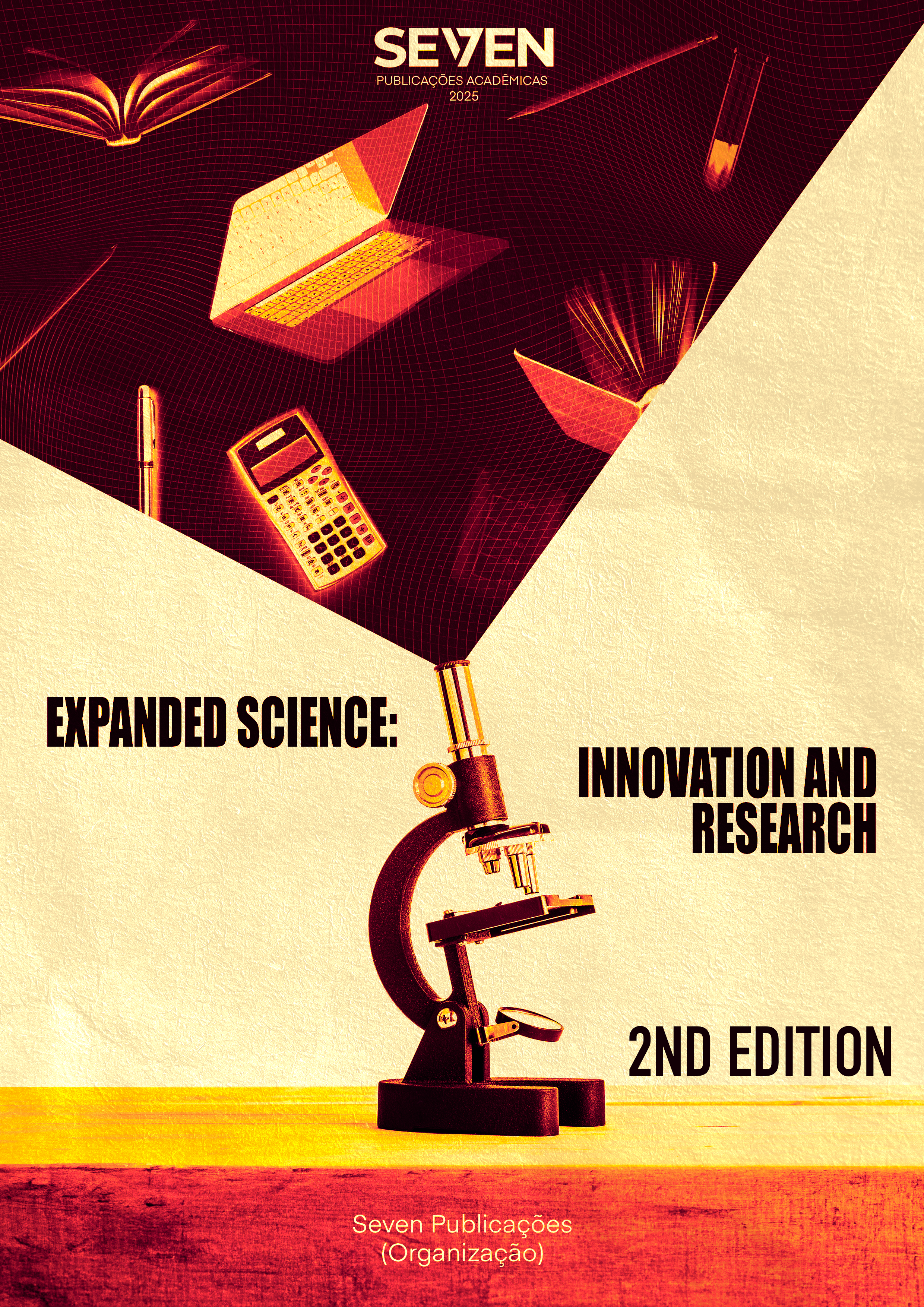SLEEP, ANXIETY AND SOCIAL MEDIA USE IN CHILDREN AND ADOLESCENTS: INTERCONNECTIONS AND CHALLENGES IN CONTEMPORARY CARE
Keywords:
Sleep, Anxiety, Social Media, Adolescent, Mental Health, Digital TechnologyAbstract
Introduction: Sleep disorders and anxiety disorders have become increasingly common among children and adolescents, reflecting the behavioral and technological changes in contemporary society. Excessive use of social media, especially at night, has emerged as a significant risk factor for sleep fragmentation, reduced melatonin levels, and increased alertness. This scenario contributes to the worsening of anxiety and depression symptoms, creating a feedback loop between sleep deprivation, anxiety, and digital hyperconnectivity.
OBJECTIVE: To analyze, through a narrative review of the literature, the relationship between sleep disorders, anxiety, and excessive use of social media in children and adolescents, identifying their causes, consequences, and management strategies described in recent literature.
Methods: This narrative review was conducted in the PubMed, SciELO, LILACS, and PsycINFO databases, covering publications published between 2015 and 2025 in Portuguese, English, and Spanish. The descriptors used were sleep disorders, anxiety, social media, children, and adolescents. Studies focused on children and adolescents and the relationship between sleep, anxiety, and technology use were included. Thematic analysis grouped the findings into three areas: causes and mechanisms, psychosocial impacts, and management strategies.
Results: The reviewed studies indicate that nighttime exposure to screens and compulsive social media use reduce sleep duration and quality, in addition to significantly increasing anxiety levels. Adolescents with intense digital use are up to 2.5 times more likely to develop anxiety and depressive symptoms. Sleep deprivation impairs emotional regulation and cognitive performance, while anxiety reinforces vigilance behaviors and digital dependence. Interventions based on sleep hygiene, digital education, and cognitive-behavioral therapy have proven effective in reducing these impacts.
Conclusion: The interaction between sleep, anxiety, and social media use in childhood and adolescence is multifactorial and bidirectional. Promoting the conscious use of technology, strengthening family ties, and implementing public digital education policies are essential measures to prevent emotional dysfunction and preserve the well-being of new generations in the digital age.
Downloads
Published
Issue
Section
License

This work is licensed under a Creative Commons Attribution-NonCommercial 4.0 International License.





